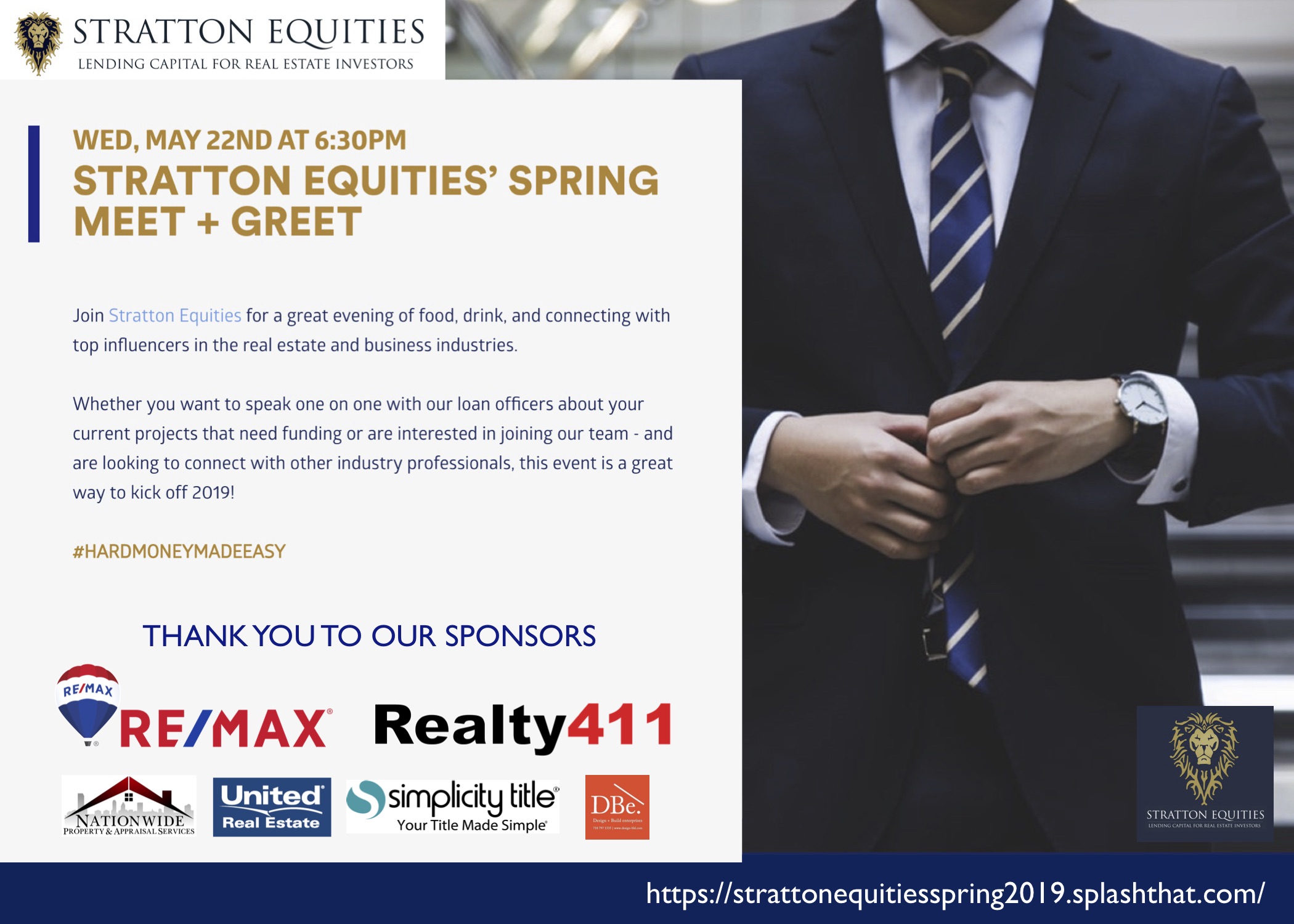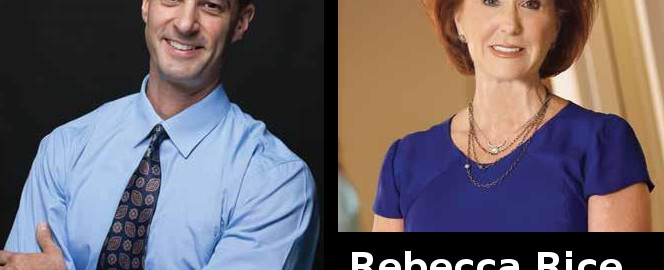By Karen A. Walker
You want to make a difference? Start by BEING the difference. And if you’re serious about being the difference, start with trust.
Famed leadership consultant Stephen R. Covey said it best: “Trust is the glue of life. It’s the most essential ingredient in effective communication. It’s the foundational principle that holds all relationships.”
John Aaron and Gene Simmons, co-founders of Florida-based Prestige Executive Funding, have each independently put mutual trust and the strength of honoring their word primary in their real estate and lending relationships long before they partnered together to better serve their sophisticated clients.
In fact, trust is so fundamental to everything they do in business that it’s second nature to them, and to their team.

Trust is an integral part of every transaction in which they participate, regardless of client sophistication, background or anything else…. that is, regardless of anything else except the equal trustworthiness of their clients and their arrangements.
Noteworthy
This year, at age 29, John Aaron was featured in Forbes magazine’s “30 under 30” highlight. He achieved consistent success in the fix and flip marketplace with, according to Forbes, more than $100 million in residential properties purchased and flipped at the time of the article.
Gene Simmons, co-founder and co-president of Prestige Executive Funding, says Aaron has about 80 properties in his portfolio at any given time. Parlaying his residential fix and flip success into the commercial arena, Aaron is also purchasing large commercial apartment buildings, developing modern waterfront properties, condominiums, hotels and retail properties.
But Aaron would rather DO it than talk about it. He’d rather lead by example than tell you what to do.

For Aaron, his early character traits and principles of good business remain the same as they did when he first started: Focus, Integrity, Quality, Consistency, a lot of Hard Work, and Giving Back.
Just for the record, Giving Back is a core motivator for Aaron. Years ago he launched a nonprofit foundation and, as Simmons describes his young, motivated and sharp partner, “Aaron is always doing stuff for the community. He’s at soup kitchens a lot and helping homeless and those in need. He likes going into an area, purchasing retail and bringing much needed jobs and opportunities into areas where people are struggling. He does at least five major service-oriented events a year. That’s a big part of who he is.”
New York to Florida
Gene Simmons comes from the other side of the real estate development and investment business; the lending side. Originally from New York, he relocated to Florida years ago.

At this point in his career, with more than 20 years experience in mortgage and loan business, he’s seen his share of ups and downs in the industry. He’s also seen—and chosen to live by—the timeless principles of good ethics and honoring one’s word, regardless of what this or that other lender is doing.
Those principles have served him well, even through some wild years for some sectors of the lending industry. But Simmons never veered from his core path of excellence in service, good ethical practices, and high-quaiity loans.
For Simmons, it’s not solely about the money or the profit. He takes a longer view. For him, it’s always been about building solid, trustworthy and valuable, long-term relationships with his clients. This makes his partnership with Aaron a solid one.
Early mentors
Both Aaron and Simmons know their area of expertise so well that they practically could do it, excellently, in their sleep. But when you talk with either of them about their beginnings, they are each quick to point out excellent mentors in the beginning of their careers.
For Simmons it was an early boss in the loan business. The man was renown for not only his nimble and creative loan solutions, but also, and more importantly, for the ethical way he did business. Every. Time.
For Aaron, it was a real estate investor guru. Again, this mentor was bold, challenging his mentees and always available when a student needed help. Above all, he was ethical to the core, and Aaron valued that.
But mentors without students who are willing to follow the advice of their mentor yields no fruit. The students themselves have to be willing to DO what they are challenged to do, even if it is out of their “comfort zone” and doesn’t seem to make sense at first.
Both Aaron and Simmons were willing to take those newbie leaps of faith, to take advised action, to “just do it,” but only because of the high level of proven trust they each had for their early mentors.
Now they, in turn, are trusted guides for their team, for each other, and for their select clientele.
Customized Solutions
“Each deal we do is customized,” says Simmons, whose first-hand, creative, ethical funding examples lie ready for sharing when the need arises.
“We are a full service commercial lending source,” continues Simmons, who often recognizes ethical, creative financial solutions that are unique for each client’s situation long before others even—if ever—figure them out.
“Our staff has over 30 years experience and are able to structure financing requests in just about every aspect of commercial lending. We cater to Corporate Executives, Music Industry Executives, Entrepreneurs and Professional Athletes as well as Entertainers and Actors from Television and Film. We pride ourselves in being extremely competitive and honest . We work closely with our more than 100 institutional relationships in order to meet our client’s customized needs, and to guide our clients every step of the way.”
Prestige Executive Funding primarily serves sophisticated clients since they are capable of, and truly enjoy, providing customized, sophisticated solutions that create exciting win-win-wins for all parties, including the local community.

Summary
In sum, Prestige Executive Funding (FundMePrestige.com) finances and provides a wide scope of investment opportunities and solutions, including Office, Industrial/Warehouses, Multifamily, Mixed Use, SBA, Lines of Credit, International, Churches, Equipment Financing, Factory, Hotels/Motels, Hard Money Loans, Private Equity Mortgage, Bridge Loans, and Development Financing.
What do you call any partnership with two trail-blazing, ethical real estate investing and lending entrepreneurs? Unstoppable. Successful. A win for all parties.
Put a more practical way, Prestige Executive Funding provides access to institutional capital, family office funds, and direct private money for funding all types of real estate investments. Lending in all 50 states. Up to 90% LTV, Prestige Executive Funding represents a group of investors who have financed more than two billion dollars worth of loans nationwide. Loans from $1 Million to 100+ Million. Learn more at www.FundMePrestige.com.












































 Beam, who started as a real estate investor in Florida said, “We worked awfully hard to make our money. And it seemed like someone was always standing there at the end of the day with their hand out to take our money. Closing costs, fees, taxes, interest rates.” He felt there had to be a better way.
Beam, who started as a real estate investor in Florida said, “We worked awfully hard to make our money. And it seemed like someone was always standing there at the end of the day with their hand out to take our money. Closing costs, fees, taxes, interest rates.” He felt there had to be a better way. Rice discovered Nelson Nash’s book,
Rice discovered Nelson Nash’s book,  “The simplest way to use your Living Benefits policy is with hard money lending,” Beam says. “There are hundreds and hundreds of folks out there who are in need of hard money lending.” Beam works through organizations that send out leads for people who want to borrow the amount of money you have to invest —whether that’s $10,000 or $150,000 or more.
“The simplest way to use your Living Benefits policy is with hard money lending,” Beam says. “There are hundreds and hundreds of folks out there who are in need of hard money lending.” Beam works through organizations that send out leads for people who want to borrow the amount of money you have to invest —whether that’s $10,000 or $150,000 or more.